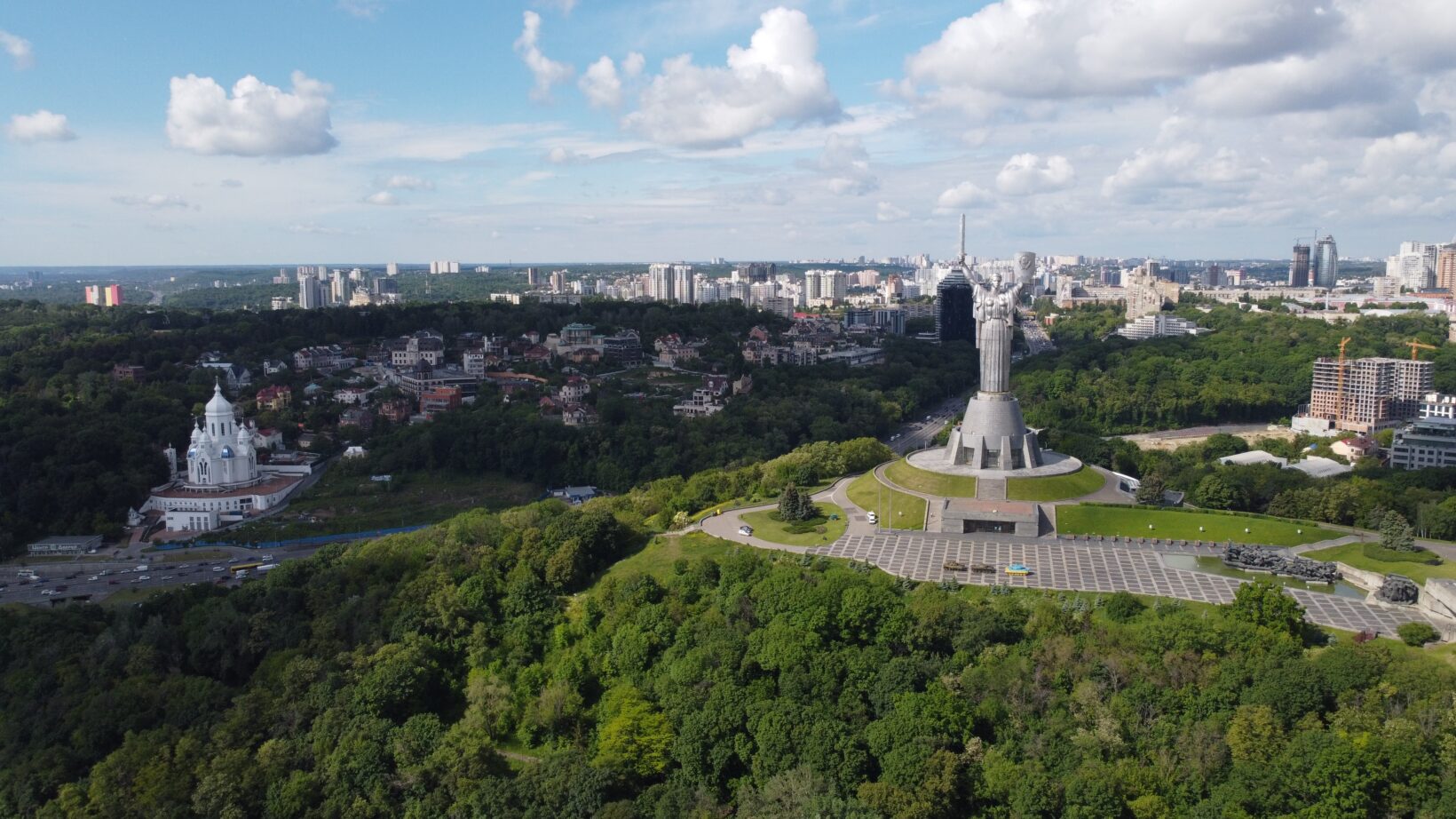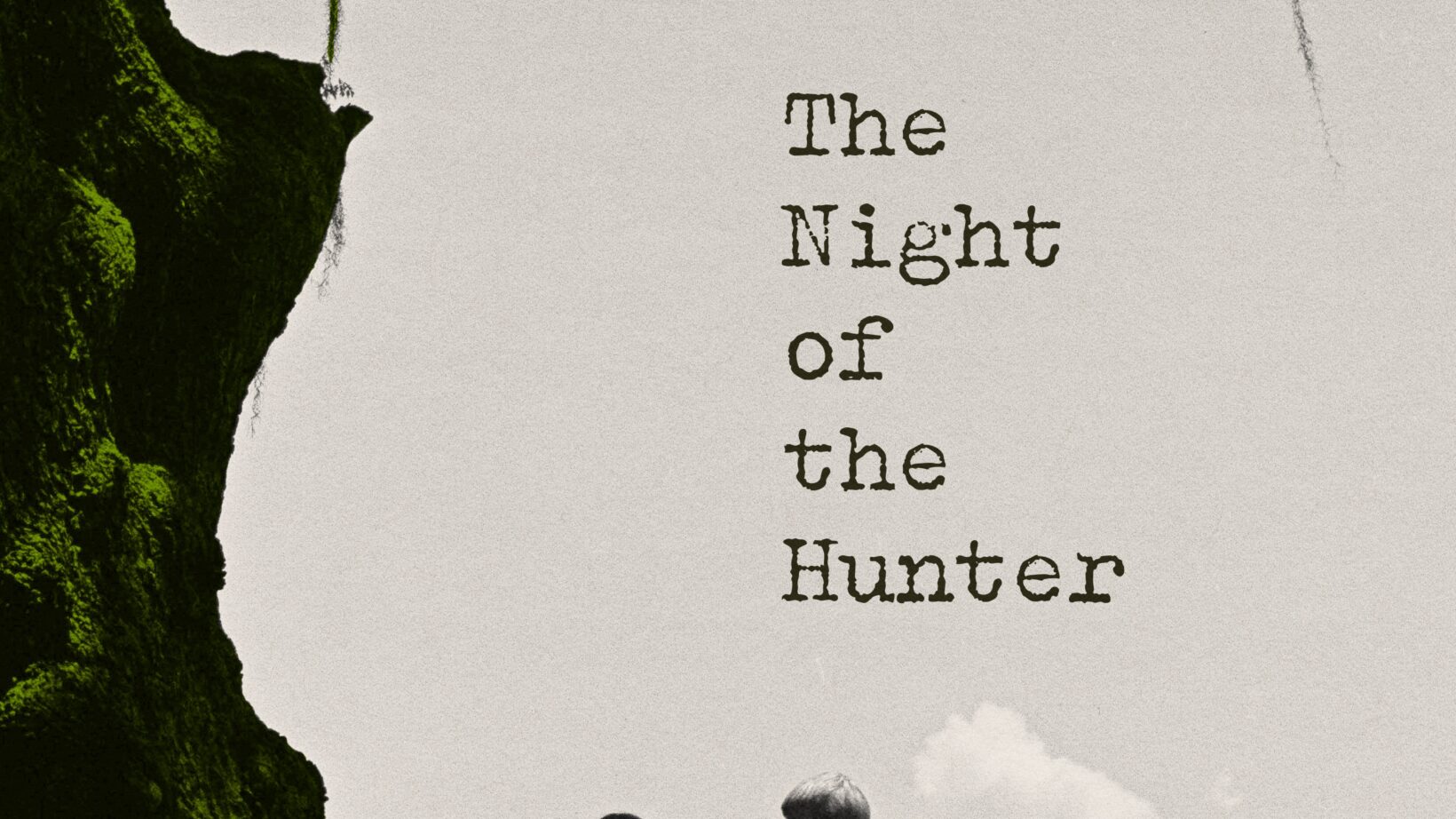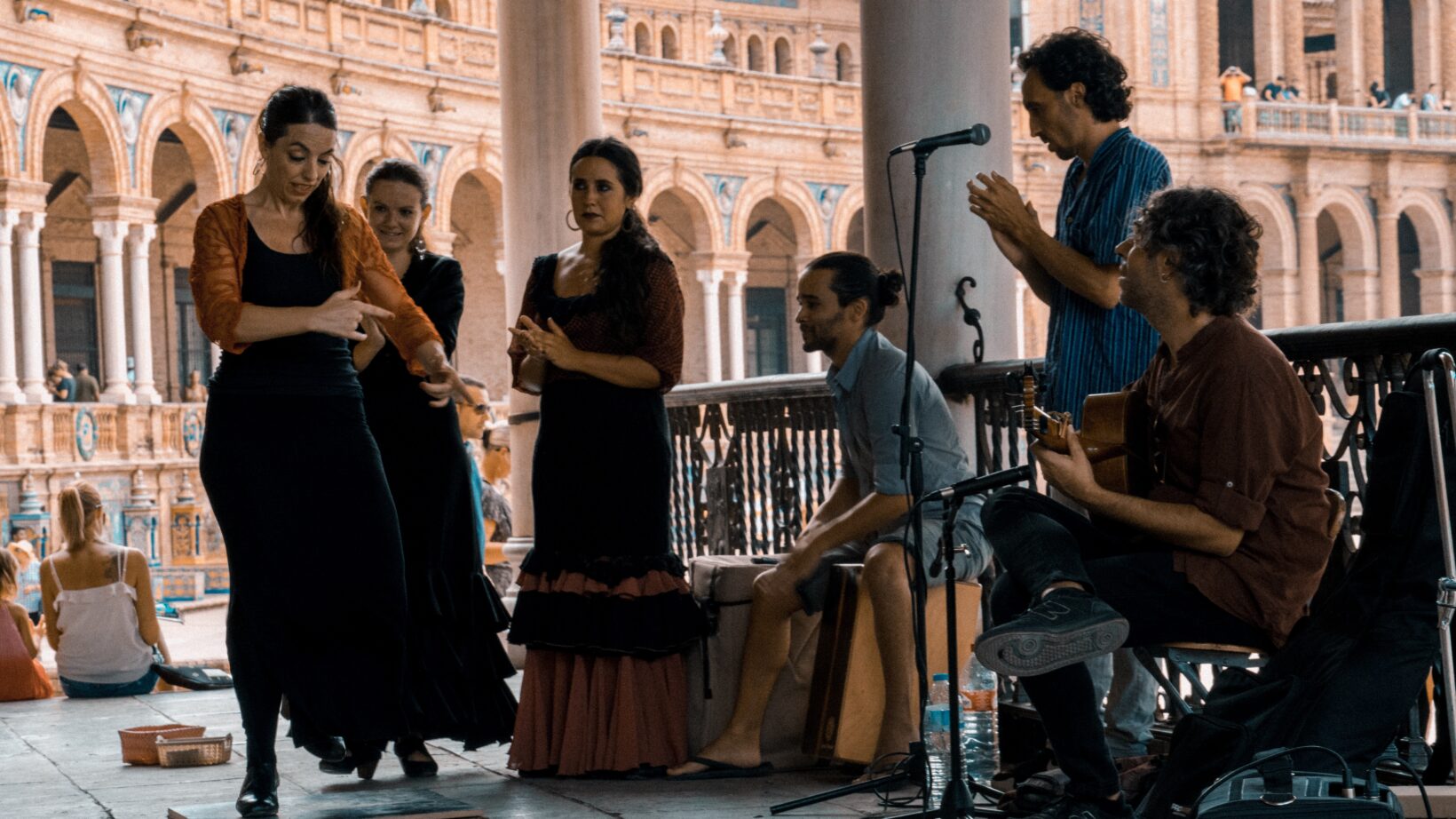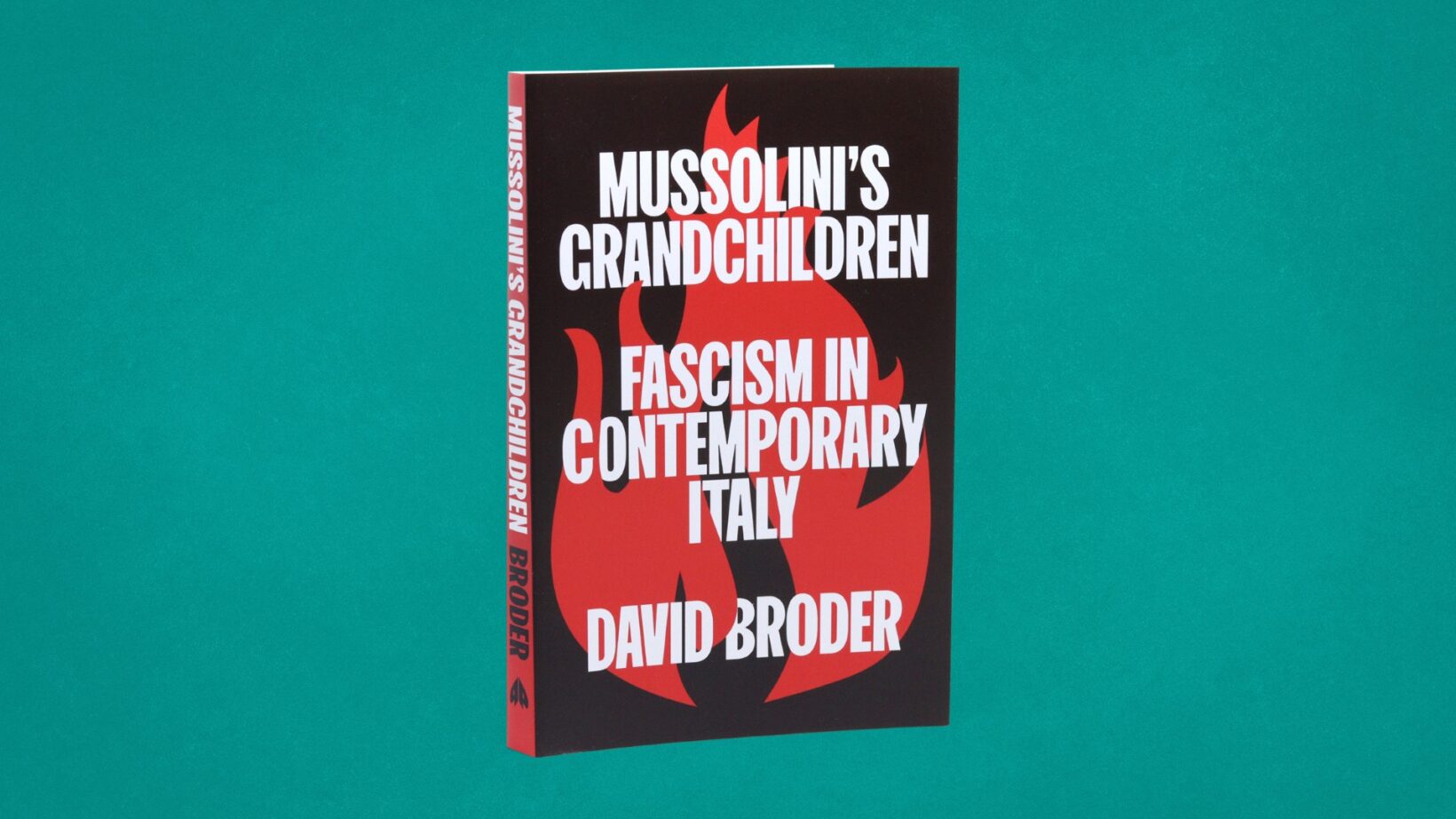The more we are willing to spend on saving lives, the more shocking it becomes to lose a loved one.
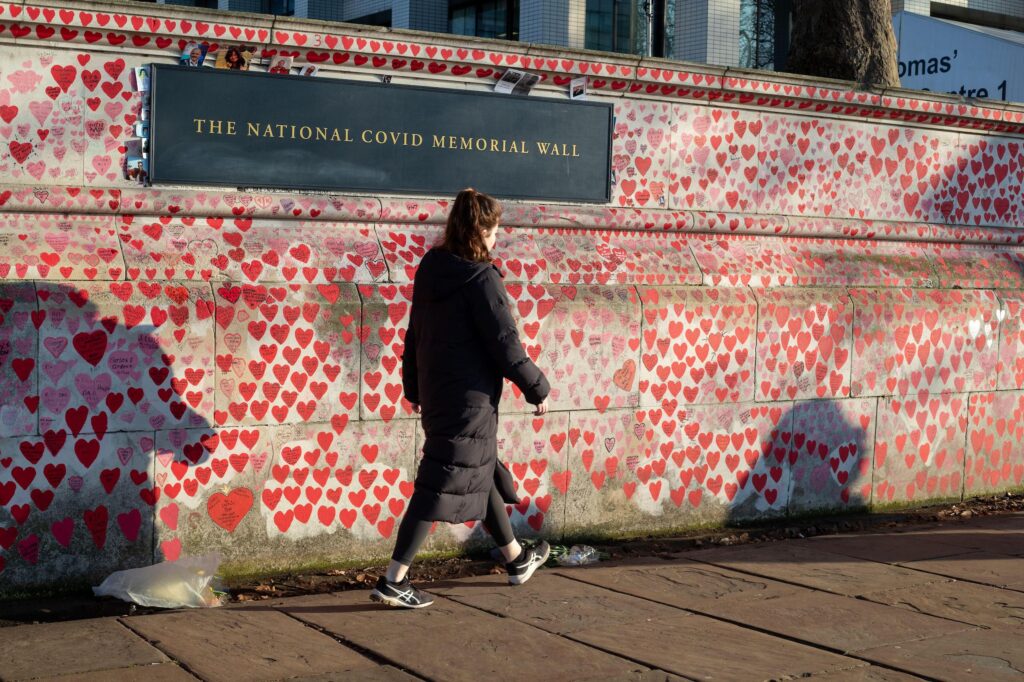
Increasing life expectancy, the hospitalization of death and our decreasing acceptance of mortality has caused us to feel the shock of death more sharply. We are becoming more willing, particularly in the west, to spend more and more on decreasing risks, that we are convincing ourselves that death is a rare occurrence. But what has this done to the way we grieve?
“Grief is bound by societal norms and so if we expect that everybody lives to 95 or 100 then when our loved one dies at 70 it does seem out of the ordinary”, says Judith McCoyd, associate professor at Rutgers University’s School of Social Work.
Professor McCoyd, who has researched and taught extensively in the field of grief, says that while it’s human nature to feel shocked at the loss of a loved one, circumstances can change the degree of this shock and the following grief.
“The death of somebody that you love, whether that’s a prenatal entity that is born in your head already, or whether that’s someone who’s 95, is shocking,” she said. “But if we’ve grown up with a high level of infant mortality, it’s not that any specific mother doesn’t grieve – whether that’s a pregnancy or if that’s an infant – but they’re also going to be putting that grief through the context that many mothers have this happen and it doesn’t feel as shocking, because it’s sort of more expected.”
Less than 1% of children under the age of 5 die in wealthy countries today, and globally, the child mortality rate has fallen from 19% in 1960 to 4% in 2017. In 18th C Sweden one in three children died, while in 19th C Germany, every second child died. Today, the average global life expectancy has increased from 52 to almost 73 since 1960, with many wealthy countries having a life expectancy of over 80. Advancements in medicine, investments in safety infrastructure on roads and in workplaces, and an improving understanding of how to live a healthy life has allowed us to on average live longer, and has thus made it less common to lose a loved one at an early age.
There’s even a monetary value we put on this that shows how much we are willing to spend on preventing fatalities, and in many places, it’s on the rise. Known most commonly as the value of a statistical life, this value is used by policymakers in order for them to conduct a cost-benefit analysis for policies that improve the health of a given population. Industries and government departments need to know the value of the predicted health changes in order to make these decisions. This figure, which is calculated by how much a population is willing to pay in order to prevent the death of one statistical life, is according to the US Department of Transportation around $11.6m in the United States (2020), up from $9.1m in 2012. The way this number is calculated and the variation of the figure depends on the country and the specific sector of society.
Professor Henrik Andersson, Associate Professor at Université Toulouse 1 Capitole and researcher at Toulouse School of Economics, has done much research into the valuing of health risks, and says it is no surprise that the value is increasing.
“It can be a combination of several aspects. We expect the value to increase with wealth, but it could also increase due to stronger preferences for reducing health risks, or a combination of both,” Professor Andersson says.
In Australia, the number has been most recently set at AUD$5.1 million, in India USD$0.64 million in 2016 and in the UK (where it’s known as the value of a prevented fatality VPF), it sits at £1.83 million.
Professor Philip Thomas, a visiting Professor of Risk Management at the University of Bristol, has openly criticized this value in the UK. He says that this number, which is used by many government sectors and industries for prioritizing resources and making policies, is too low. That’s why the figure is not easy to find.
“In the UK it’s supposedly based on what people, in general, would be prepared to spend on reducing the number of deaths from some preventable cause in the population by one. That’s why it’s called the value of a prevented fatality.”
“It shouldn’t be so low. They’re rather embarrassed about it but they use it as gospel, and in the UK the Government uses it very extensively,” he says. “Generally, you can make an argument that the VPF should go up by GDP per head, which would be sensible. You can postulate that people will want to spend more money on health because in developed countries we have solved the basic problems for keeping alive.”
Professor McCoyd says that alongside the increasing wealth of western, privileged societies, and the increasing desire to spend more on preventing the risk of death, our expectations and assumptions have changed.
“In many western countries – in the US context particularly – there is this myth that we can do away with risk. If we would just wear our helmets there would never be head injuries, if we would just keep our children safe they would never get hurt. They’re total myths,” she says.
People have always been grieving, Professor McCoyd says, but it’s our assumptions that have changed. We now live in a world where we can more easily assume that our loved ones will live long lives, and that their risk of dying suddenly is lower.
“I think there is, among western privileged people, an expectation that the people they love should stay safe and live long. So when our assumptions are broken, then our grief is even higher,” she says. “We assume that our loved one will always be here and then they’re not.”
“Over time, because our life expectancy has gone up – infant mortality has gone down, even accidents have gone down, and I would say we use hospitals more to hide that – people become less familiar with death, so they feel it in more shocking kinds of ways.”
Professor McCoyd says that it’s not as if people didn’t use to grieve when death was more common, and that they weren’t shocked, but that they more often assumed that these things happened.
COVID-19 has given us an example of how much governments value saving lives above all. Professor Albert Banerjee is a Health Research Chair in Community Health and Aging at St. Thomas University and teaches in the Gerontology department, and has recently conducted research into social isolation.
“Part of what we’ve seen – especially in long term care – is that some of the choices that were made in terms of protecting people were neglecting the importance of connection as if saving peoples’ lives or preventing the spread of disease was more important than maintaining connection,” Professor Banerjee says.
Professor Banerjee has studied many traditions that view mortality as something fundamental to accept and to acknowledge in order to live a fulfilling life. While many eastern philosophies such as Buddhism and yoga focus on death in this way, in the west, we have masked it with medicine.
“There are a number of traditions from western existentialism to yoga and Buddhism that see the pathway to happiness through suffering and through confronting your own mortality,” he says.
“But we don’t really talk about death. Death has been largely medicalized. So we tend to deal with death and dying through health care systems in terms of risks and diseases and make it into a problem we can solve.”
Amina McCauley is a journalist from Tasmania, Australia. She is currently completing her masters in Prague as part of the Mundus Journalism program, writing her thesis about the use of expert sources in climate change reporting.
